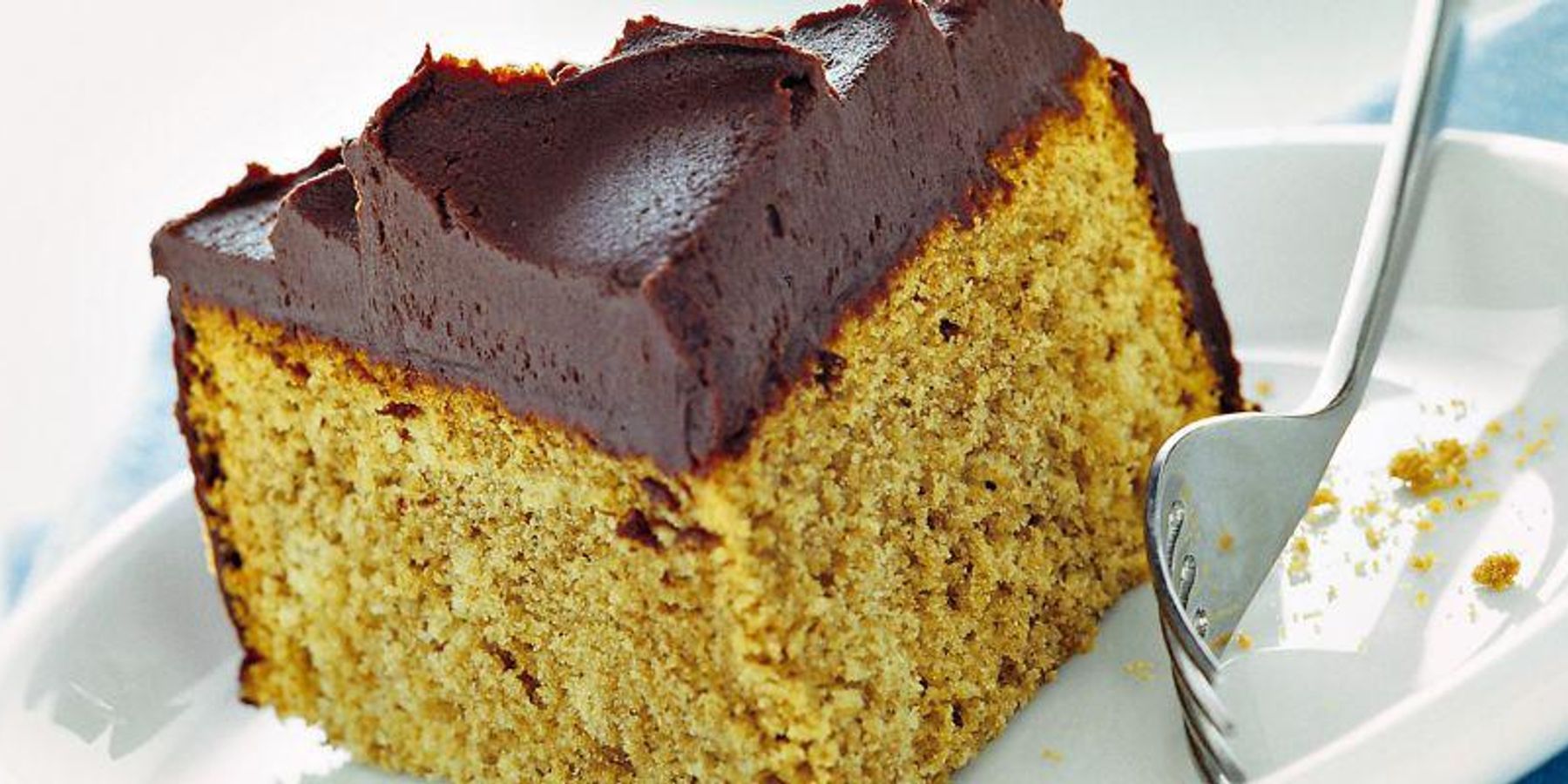
Beyond the "usual" wheat, now comes fusilli and noodles with chickpeas, lentils, peas, hemp, flax seeds. They were born to allow even celiacs to enjoy a nice plate of pasta. For some time, however, these products have been "rethought" for everyone, for some time in fact nutritionists have been insisting that more legumes should be consumed, both for human health and for the environment. The intuition of “inserting them” into pasta is a solution to eat more and make everyone in the family appreciate them almost without realizing it, since the flavor, consistency and resistance during cooking remain those of classic pasta.
Beyond the "usual" wheat, fusilli and noodles with chickpeas, lentils, peas, hemp, flax seeds are now available: an aid to health and a way to discover new flavors
In the Middle Ages, when there was no grain, flour from legumes, poor cereals or seeds was used: a necessary choice, dictated by poverty. Today, on the contrary, the renunciation of durum wheat pasta in favor of that made with peas, lentils or beans is a deliberate, informed choice, often dictated by health reasons. And it is more expensive, because these "alternative" pastas have higher prices, up to 16 euros per kg. Are they worth them?
Fusilli and macaroni made with legume or seed flours have existed for years and were created to allow celiacs to enjoy a nice plate of pasta, but without health risks. For some time, however, these products have been "rethought" and are now offered to a wider audience, who do not necessarily suffer from food intolerances but who simply want to eat healthier and explore new flavors. In fact, these pastes, in addition to being rigorously "gluten free", guarantee a good supply of vegetable proteins, fibers, minerals and trace elements (such as phosphorus, iron, zinc and manganese), allies for daily health and well-being.
With two benefits in health terms: the low glycemic index and the high fiber content. Being slowly absorbed foods, not only do they not cause insulin spikes, but they also reduce the sense of hunger and ensure a prolonged sense of satiety. Furthermore, in terms of taste, they are different from traditional pasta because they maintain the flavor of the legumes or seeds that compose them. Going to the discovery of new recipes and light and imaginative sauces to accompany them (and also propose them to celiac diners) is only one of the many possibilities that opens up looking into the world of "other pasta".
Of legumes to fill up on veg proteins
Nutritionists never tire of repeating that more legumes should be consumed, both for human health and for the environment. The intuition of "inserting" them into pasta is a solution to eat more and make everyone in the family appreciate them almost without realizing it, given that the flavor, texture and cooking resistance remain those of classic pasta. and black bean spaghetti, green pea fusilli and chickpea tagliatelle, ideal with vegetable sauces, stocking up on vegetable proteins becomes easier, tastier and more pleasant, even for the eyes.
The one composed only of water and legume flour (better check on the label that there are no other ingredients), has twice the protein than wheat pasta and contains more insoluble fiber. And it is a safety for celiacs and diabetics, an ally for those on a diet or suffering from a lazy intestine.Instead, the versions obtained by mixing cereal flour and durum wheat semolina represent a complete and nutritious single dish, also ideal for vegetarians and vegans, since they provide complete and high quality proteins, thanks to the synergy between those of cereals and those of legumes. Attention only to the doses. As they are very satiating, the portions are smaller: 50 grams compared to the 80 grams of durum wheat semolina pasta.
Hemp to fight cholesterol
The hemp seed paste (i.e. food cannabis sativa) is a source of fiber and valuable proteins, because it is rich in essential amino acids, and in an easily assimilable form. But above all, it provides good amounts of Omega 3 and Omega 6 fatty acids, a valid help to fight the notorious "bad cholesterol" and prevent cardiovascular diseases. It also has benefits for the immune and nervous systems.
So many more reasons to try this pasta, with a slight nutty aroma, which goes perfectly with sauces with strong flavors, such as vegetable pesto. Also in this case, to do the best shopping, it is good to check the ingredients and prefer products with a higher content of hemp seed flour (over 30%).
Flaxseed to protect the heart
Flaxseed flour is the main vegetable source of Omega 3 and also provides proteins, minerals (calcium, iron, magnesium) and vitamins (B1 and B2). This is why it is invigorating, has a protective effect on the cardiovascular system, counteracting the dreaded cholesterol and counteracting hypertension. Furthermore, the presence of antioxidants, such as lignans, makes flaxseed paste useful in protecting intestinal mucous membranes.
To make the most of these benefits, however, it is good to check the ingredients because there are very different products on the market: not only does the percentage of flaxseed flour vary (the higher the better) but there are often other ingredients (such as durum wheat semolina, eggs or tapioca starch).






